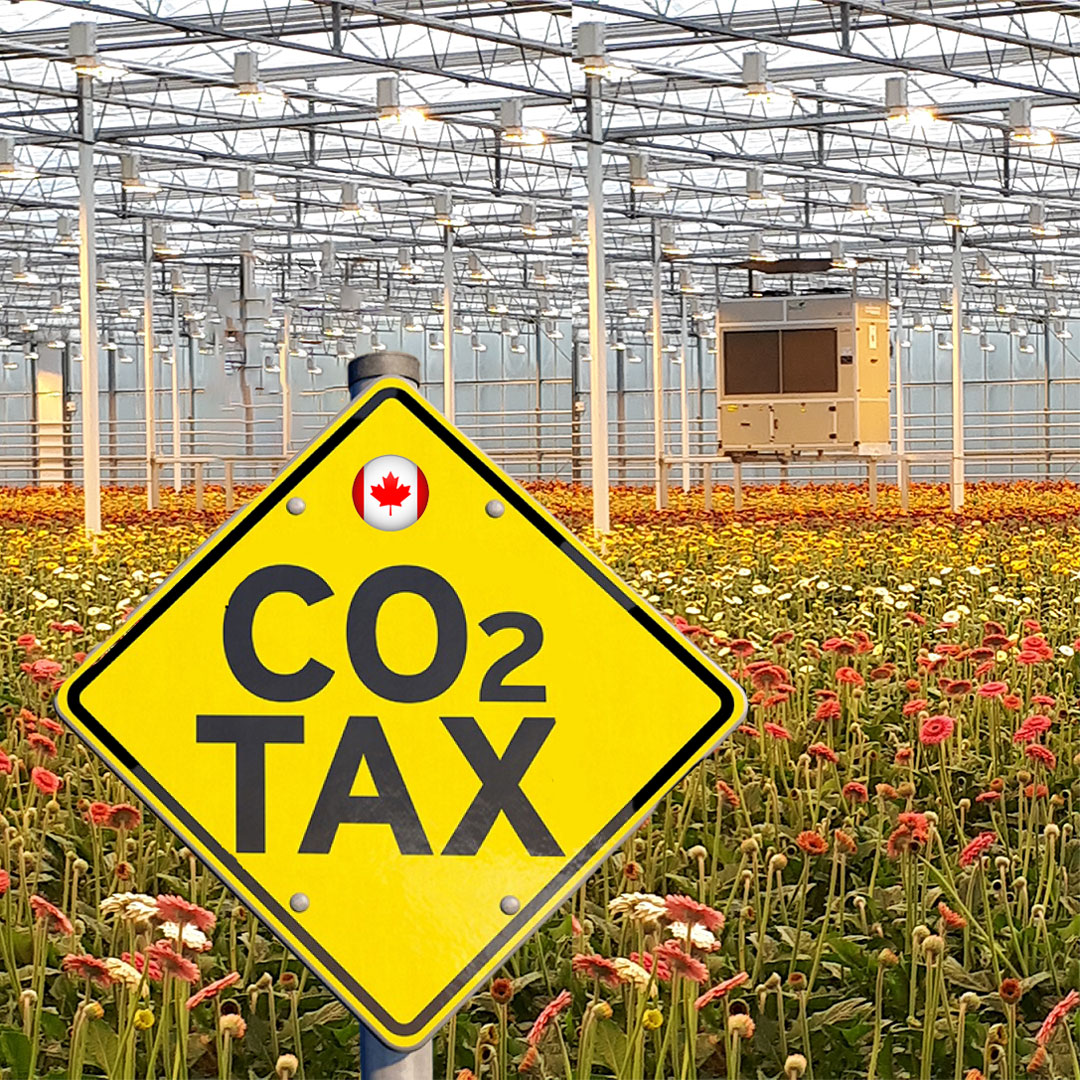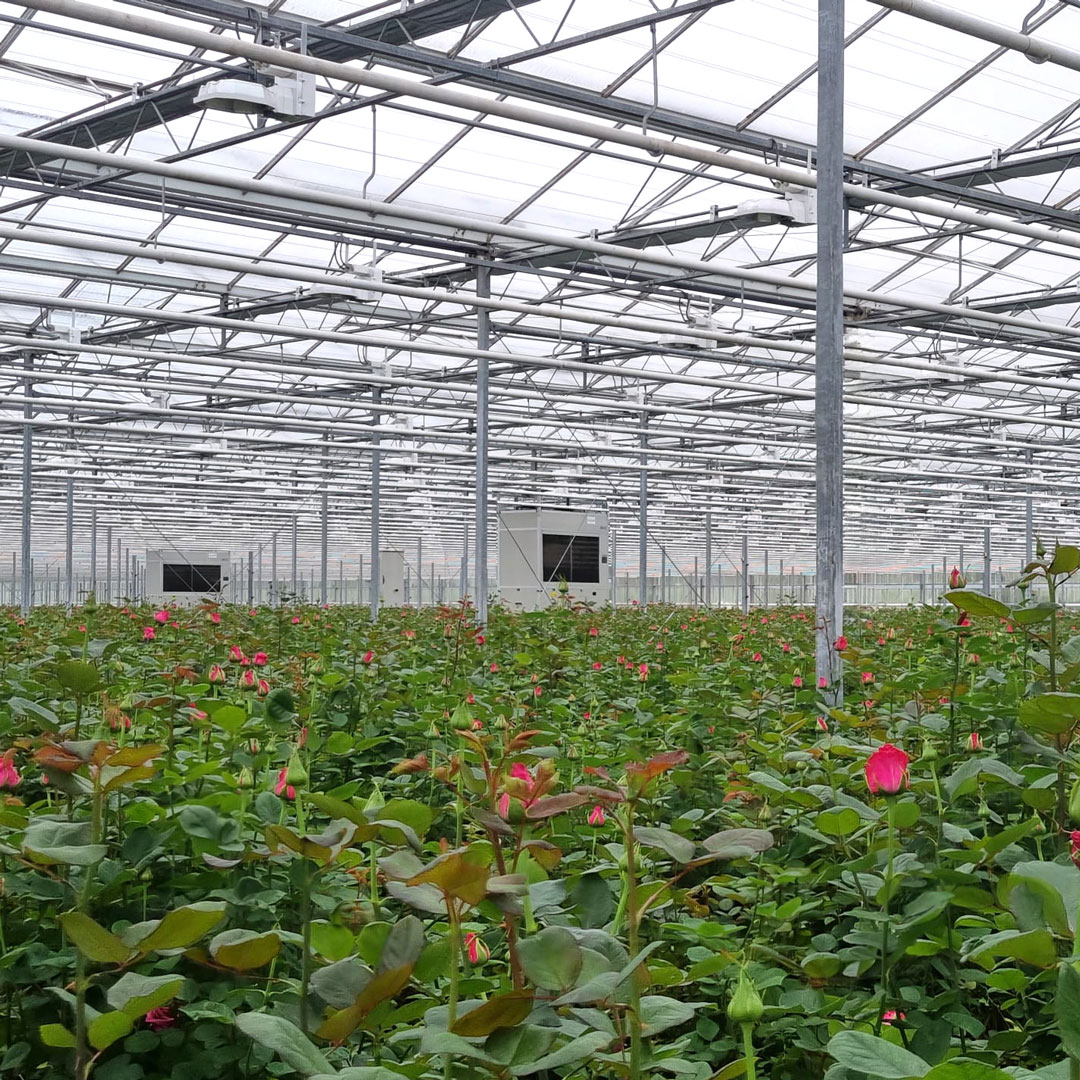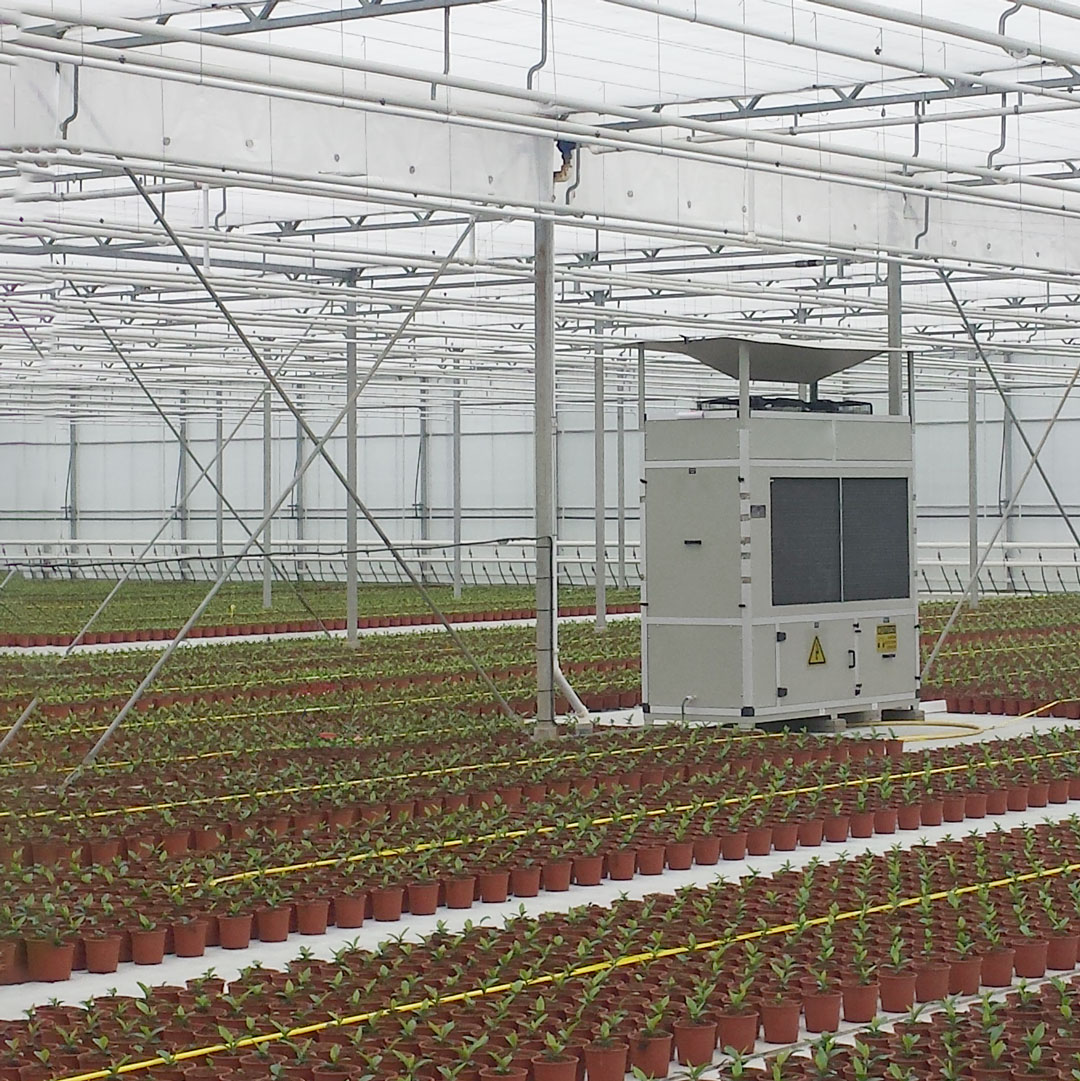Canadian Carbon Tax Increase Forces Growers to Reduce Fuel Consumption
On April 1st, 2024, the Canadian government increased the federal carbon tax, yet again, from $65 per tonne, to $80. This 23% increase applies to all fossil fuels, including petrol and natural gas.
The carbon tax, first applied in 2019, is meant to reduce fossil fuel consumption in the country. It’s been raised by $15 every year since, from $20 per tonne, until it ultimately reaches $170 per tonne in 2030.
Carbon Tax Increase Negatively Impacts Growers
The carbon tax increase affects almost all sectors of the Canadian economy, horticulture included. The 23% tax increase on fossil fuel consumption impacts growers’ ability to heat their greenhouses, making it more costly to control crucial climate and growing conditions, such as temperature and humidity.
Growers in the country have voiced their concerns over the recent tax increase. For example, Horticulture magazine, Greenhouse Canada, recently reported on videos created by ‘Fruit & Vegetable Growers of Canada’, detailing the negative impact the tax increase will have on growers.
Improving Efficiency and Reducing Fossil Fuel Consumption
The federal carbon tax, while currently harming growers’ profitability, is here to stay, and will continue to increase. This will inevitably force greenhouse operators to adapt, adopting new technologies and new growing methods that reduce energy requirements in general, and fossil fuels specifically.
One solution many have already turned to is humidity control. Dehumidification systems, such as DryGair, have been proven to reduce greenhouse heating requirements by an average of 50%. This is applicable to a variety of crops, ranging from vegetables, herbs, and leafy greens, to flowers, potted plants, and more.
DryGair helps growers save energy, by reducing the need for heating. Currently, greenhouses without active dehumidification, control humidity by combining ventilation and heating. This method is simple – ventilation releases moisture from the greenhouse. However, a lot of heat is also lost with this technique, leading to excessive heating.
Of course, as most heating systems rely on fossil fuels, this is where the carbon tax hits hardest.
Integrate DryGair in Your Facility
Using DryGair actively reduces humidity inside the space. So, there’s no need to vent in order to release moisture. This simple shift reduces the energy needed for heating energy, by 50% on average. It also retains all CO2 in the greenhouse, reducing the need for CO2 enrichments, where applicable. Overall, DryGair offers significant potential for reducing carbon emissions.
DryGair is already prevalent in the Canadian horticulture market, with dehumidification units running in dozens of facilities across the country, in a range of crops.
DG products are distributed in Canada by Adept Ag. Interested in learning more? Please contact us, or Adept Ag.




